PDF-Juniper Tip Blights Phomopsis juniperovora Kabatina juniperi or Sclerophoma pythiophila
Author : test | Published Date : 2015-03-19
57346ese diseases are devastating to young plants while plants more than 57347ve years old are less seriously damaged In addition to many species of juniper arborvitae
Presentation Embed Code
Download Presentation
Download Presentation The PPT/PDF document "Juniper Tip Blights Phomopsis juniperovo..." is the property of its rightful owner. Permission is granted to download and print the materials on this website for personal, non-commercial use only, and to display it on your personal computer provided you do not modify the materials and that you retain all copyright notices contained in the materials. By downloading content from our website, you accept the terms of this agreement.
Juniper Tip Blights Phomopsis juniperovora Kabatina juniperi or Sclerophoma pythiophila: Transcript
Download Rules Of Document
"Juniper Tip Blights Phomopsis juniperovora Kabatina juniperi or Sclerophoma pythiophila"The content belongs to its owner. You may download and print it for personal use, without modification, and keep all copyright notices. By downloading, you agree to these terms.
Related Documents

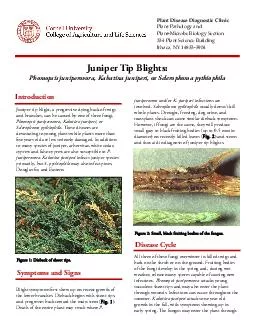
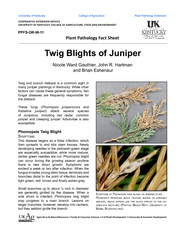

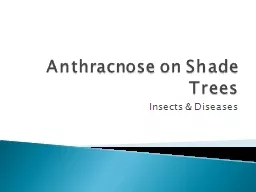


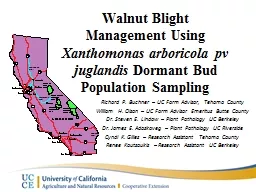

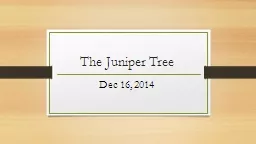
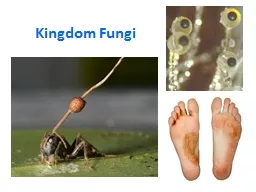


![[UPDATED] Juniper JN0-213 Exam Info with Questions | Grab Now](https://thumbs.docslides.com/1000428/updated-juniper-jn0-213-exam-info-with-questions-grab-now.jpg)
